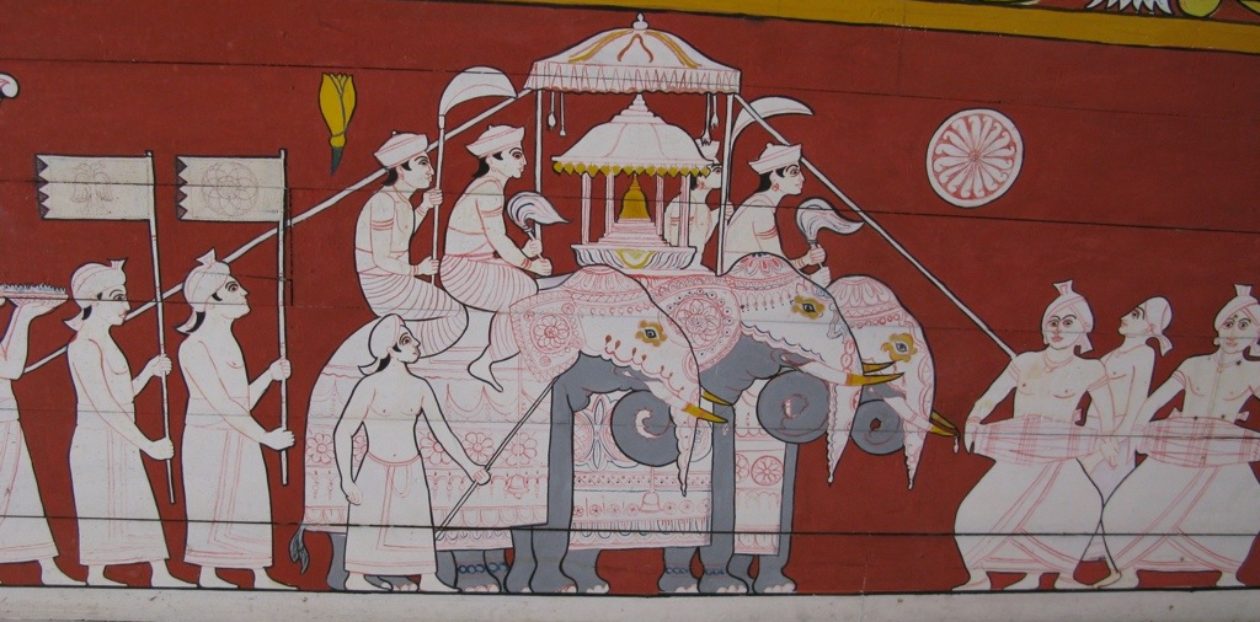15 April 2013
Charles and I are leaving Jaffna today. Our driver comes to pick us up at about 12:30pm. We are packed and ready to go. We will be parting company with the rest of the team today. My cousins Lakshmi and Vijaya will be returning to Colombo at about 3pm. After a day, Lakshmi is heading back to Malaysia and Vijaya to Canada. Our driver was early. He arrived at 11:30am. So we invited him to have some lunch with us. We left Jaffna at 1:15pm. We were heading for Anuradhapura.
The ancient city of Anuradhapura is more than 2000 years old. It was the epicentre of Sri Lankan civilisation until it came to an end in 993 AD when it was overtaken by Indian invaders. To explore the whole city, our driver informs us that it will take about 6 hours. We did not have the time so we only explored the important sites. Anuradhapura is divided into 3 sites, Abhayagiri, Jetavana and Mahavihara. We first visited the largest dagoba in Sri Lanka which is the Jetavana dagoba. It is an impressive structure. It was constructed around 274-301 AD.
The we went around to visit the tallest dagoba, Ruvanvalisaya which is in the Mahavihara area. This dagoba is also known as the great stupa.

The walls are adorned with sculptures of elephants and the whole structure is quite magnificent.
It is still a public holiday here after the New Year. There are plenty of people here who are attending the various monasteries for prayers for the New Year. We tried to visit the Sri Maha Bodhi (Sacred Bo Tree). It is rumoured to have been grown from a cutting of the original Bo Tree in Bodhgaya, India. Unfortunately we had our shorts on and we were considered improperly dressed. The path to this place had huge open grounds on either site. These grounds were full of monkeys who were very friendly and tame. They were simply adorable.
The last dagoba we visited was Thuparama. It is small compared to the other dagobas but it was the first dagoba ever built in Sri Lanka.
The ancient kings, including Mahasena (274-301) recognised the importance of water for irrigation as farming played a huge part. Within the old city of Anuradhapura, there are 3 large manmade lakes to collect rain water. Farm land is irrigated by channels connected to the lakes.

The lakes were constructed by first digging the soil out. This soil was used to build the various stupas and structures within the city. Elephants were used extensively for the construction. The lakes are huge and looks like some inland sea.
We hit the road again for Sigiriya. We checked into the Sigiriya Rest House which has been running since 1910 or earlier. It is comfortable and nothing flashy but all we needed was somewhere to sleep.
Tomorrow we climb the Sigiriya rock at 7am. That’s when the gates open. Our hotel faces the rock.


















































































































